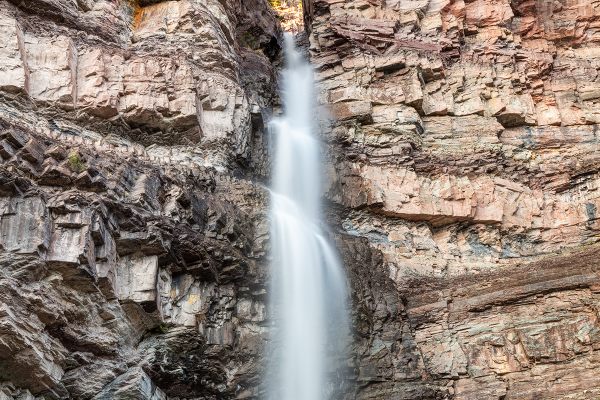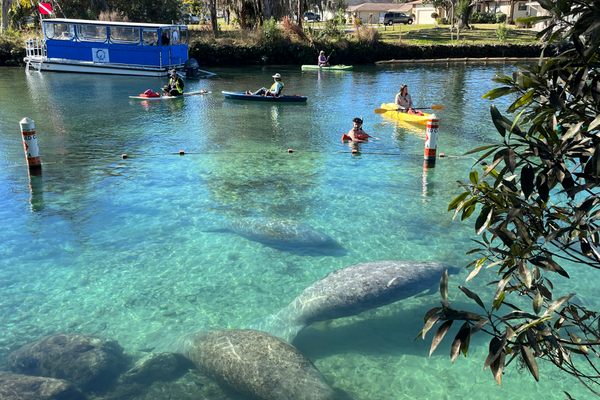Baa Atoll Biosphere Reserve
The world's seventh-largest coral reef contains an incredible amount of biodiversity.
This highly biodiverse environment is home to the world’s seventh largest coral reef. Huge quantities of plankton flow through it, which enables the whole food chain to thrive. More than 250 types of corals are found in the Baa Atoll Biosphere Reserve, sustaining about 1,200 species of fish.
Baa Atoll refers to three distinct atolls that form a wider ring of islands covering a total area of 345,206 acres (139,700 hectares). Of the 75 islands in the Baa Atoll, 13 are inhabited by Maldivians, some are resort islands (where there is one tourist resort on the whole island), and the rest are uninhabited. The waters of the atoll vary in depth from 98 to 263 feet (30 to 80 meters), whereas around the atoll, the ocean plummets to more than 250 metres in depth.
Look in the water, and you’ll likely spot parrot-fish, butterfly-fish, angel-fish, clown-fish, wrasses, marine turtles, moray eels, manta rays, groupers, whale sharks, and dolphins. Some threatened and endangered species found in the waters of the atoll include green turtles, hawksbill turtles, Napoleon wrasses, and tawny nurse sharks.
The astonishing degree of biodiversity of the Baa Atoll extends also to above-water flora and fauna. Mangroves are present on virtually all islands, and among the most common animals are several types of lizards, skinks and geckos, fruit bats, frigate birds, and herons.
The government has made a commitment to environmental protection, with a particular emphasis on recycling, which has led to the export of recyclable waste becoming a thriving business in recent years, second only to the export of fish.
Know Before You Go
Baa Atoll can be reached by ferry boats from Malé. Alternatively, there are frequent daily flights between the Island of Dharavandhoo and Malé. From Dharavandhoo, other islands can be reached by boat.
The GPS coordinates for this place entry lead to the Baa Atoll Biosphere Reserve Office on the island of Eydhafushi.
Scuba diving indubitably increases the number of marine creatures you may encounter but it is not a requirement. Snorkeling in waters up to 16 feet (five meters) in depth is sufficient to see more species than you can name.
The environmental impact of your visit also depends on the type of accommodation you choose. In this regard, islands develop their own waste management system that must comply with local regulations, which emphasise self-reliance and sustainability. Although official inspections are rare, some islands have taken environmentally friendly practices seriously. Some research before visiting is required, but it is possible to visit the Baa Atoll with minimal environmental impact.
As mentioned, some islands are entirely dedicated to tourism, with one resort being the only structure on the whole island. The range of these resorts can vary, from gaudy to luxurious. For a more authentic experience, accommodation can also be found on the islands inhabited by Maldivians. This imposes some restrictions, such as dressing modestly in the villages, no alcohol, and limited nightlife.






















Follow us on Twitter to get the latest on the world's hidden wonders.
Like us on Facebook to get the latest on the world's hidden wonders.
Follow us on Twitter Like us on Facebook